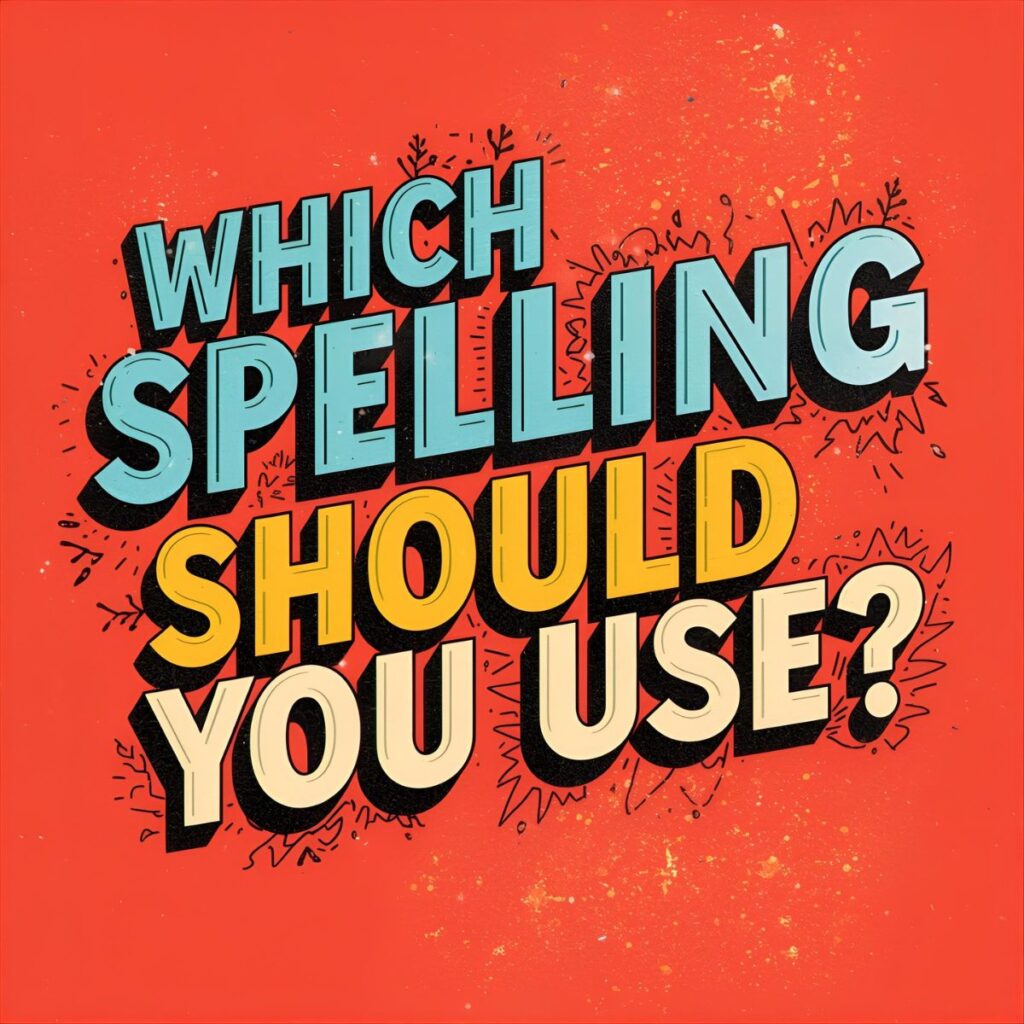Have you ever wondered what the phrase “wildlife gate” actually means? This keyword is frequently searched for because it sounds significant and enigmatic. While some believe it to be a metaphor employed in environmental projects, others say it alludes to a real barrier in animal parks. In actuality, “wildlife gate” can refer to both a tangible building and a symbolic idea.
In today’s world, where nature and human spaces constantly intersect, wildlife gates play a vital role. They help animals move safely between habitats while reducing the risk of accidents. Additionally, the term is also used in digital and documentary contexts to describe entry points into the world of wildlife education or exploration.
This article explains what wildlife gate means, where it came from, its variations in spelling and usage, and why it has become popular globally. By the end, you’ll fully understand its correct meaning, applications, and relevance in both real and digital worlds.
Wildlife Gate – Quick Answer
Simply put, a wildlife gate is a specially designed passage or barrier that allows animals to cross safely between habitats or protected areas.
👉 Example:
- In national parks, a wildlife gate lets deer or elephants move freely between forest zones without entering roads.
- In documentaries, “Wildlife Gate” may refer to an online portal or educational platform focused on nature and animal life.
So, in short, wildlife gate means a connection point between humans and nature — physically or virtually.
The Origin of “Wildlife Gate”
The word “wildlife” dates back to the early 19th century, combining wild (untamed) and life (living things). It originally described animals living freely in nature.
The term “gate” comes from Old Norse gata, meaning “way” or “path.” When combined, “wildlife gate” emerged as a modern phrase symbolizing a “pathway for wildlife.”
Over time, environmental engineers began using the term for structures built near highways, railways, and farms to help animals pass safely. Later, digital educators and filmmakers adopted it metaphorically for portals connecting people to wildlife education and conservation.
British English vs American English Spelling
Interestingly, there is no spelling difference between British and American English for “wildlife gate.” However, the usage context may vary.
| Usage Type | British English | American English | Example |
|---|---|---|---|
| Physical structure | Wildlife gate | Wildlife gate | “A wildlife gate was installed in the reserve.” |
| Digital platform | Wildlife Gate (brand/title) | Wildlife Gate (brand/title) | “Visit Wildlife Gate for nature documentaries.” |
| Environmental term | Wildlife crossing / gate | Animal crossing / wildlife gate | “Wildlife crossings are common in the UK.” |
So, while the spelling remains the same, the preferred term may differ by region.
Which Spelling Should You Use?

Since there’s no variation in spelling, the only decision is contextual usage:
- If you’re writing about environment or conservation: Use wildlife gate (two words, lowercase).
- If you’re referring to a company, platform, or documentary title: Use Wildlife Gate (title case).
- For global audiences: Stick with wildlife gate — it’s simple, clear, and internationally recognized.

Common Mistakes with “Wildlife Gate”
- Writing it as one word: “Wildlifegate” ❌ → Correct: “Wildlife gate” ✅
- Using it as a proper noun unnecessarily: Only capitalize when part of a brand or title.
- Confusing it with “wildlife park” or “wildlife crossing”: A gate is a specific passage, not an entire park.
- Overusing it in digital contexts: Only use “Wildlife Gate” when referring to a specific brand or platform.
“Wildlife Gate” in Everyday Examples
- In News: “A new wildlife gate was built near the highway to protect elephants.”
- In Emails: “We installed a wildlife gate at the farm boundary to allow free animal movement.”
- In Social Media: “Check out the Wildlife Gate app — your entry to nature documentaries.”
- In Formal Writing: “Wildlife gates are essential for sustainable human–animal coexistence.”
These examples show that the phrase can work in both practical and creative ways.
“Wildlife Gate” – Google Trends & Usage Data
According to Google Trends, the keyword “wildlife gate” has seen a steady increase in searches over the last five years. This is mainly because of two reasons:
- Rising interest in wildlife conservation (especially in India, Africa, and Australia).
- Growing use of “Wildlife Gate” as a title for eco-documentaries and online education portals.
| Country | Search Popularity | Common Context |
|---|---|---|
| India | High | Wildlife sanctuaries, elephant crossings |
| USA | Medium | Conservation structures, online platforms |
| UK | Medium | Wildlife crossings and nature projects |
| Australia | High | National park safety projects |
| Canada | Moderate | Conservation initiatives |
Comparison Table – Wildlife Gate vs Related Terms
| Term | Meaning | Used In | Example |
|---|---|---|---|
| Wildlife gate | Passage for animals / eco platform | Global | “A wildlife gate near the forest helps animals move safely.” |
| Wildlife crossing | Road structure for animal movement | UK, USA | “A wildlife crossing prevents accidents on highways.” |
| Animal gate | Gate for domestic animals | Farms | “We built an animal gate for cattle.” |
| Wildlife park | Protected area for animals | Worldwide | “We visited a wildlife park in Kenya.” |
FAQs
1. What is a wildlife gate?
A wildlife gate is a barrier or passage designed to let wild animals cross safely between habitats.
2. Where are wildlife gates used?
They are commonly found near highways, farms, or protected forests to reduce animal–vehicle collisions.
3. Is “Wildlife Gate” a brand name?
Yes, it’s sometimes used as a name for wildlife documentaries, blogs, or educational websites.
4. What is the difference between a wildlife gate and a wildlife crossing?
A wildlife gate is a controlled opening, while a crossing is a bridge or underpass.
5. Who installs wildlife gates?
Usually, environmental agencies, park authorities, or conservation organizations install them.
6. Does “wildlife gate” have another meaning online?
Yes, it’s also used as a symbolic name for portals connecting people with nature content.
7. Is “wildlife gate” a common term in British English?
It’s used, but “wildlife crossing” is more common in the UK.
Conclusion
Despite its apparent simplicity, the term “wildlife gate” has profound connotations in both the digital and natural realms. On a physical level, it stands for animal safety and human coexistence. On a digital level, it represents having access to information and awareness of animals.
The key is to utilise it appropriately because there are no regional spelling differences. Use capitalisation only when it is a proper noun or title, and avoid writing it as a single word.
In short, a wildlife gate opens the way to harmony between humans and nature — both in the wild and online.
